California tri tip seasoning is a savory, robust spice blend designed specifically for the tri tip cut of beef, popularized in Central California barbecue culture. This guide explains what makes this seasoning unique, how to use it effectively, and provides practical tips for achieving perfect results every time.
| Ingredient | Purpose | Typical Amount (per ½ cup) |
|---|---|---|
| Kosher Salt | Brings out moisture and enhances flavor | 2 tbsp |
| Black Pepper (coarsely ground) | Adds earthy heat and complexity | 1 tbsp |
| Garlic Powder | Deep savory notes | 1 tsp |
| Onion Powder | Umami booster | 1 tsp |
| Paprika (smoked preferred) | Smoky depth and color | 1 tsp |
| Cayenne (optional) | Kick of heat | ½ tsp |
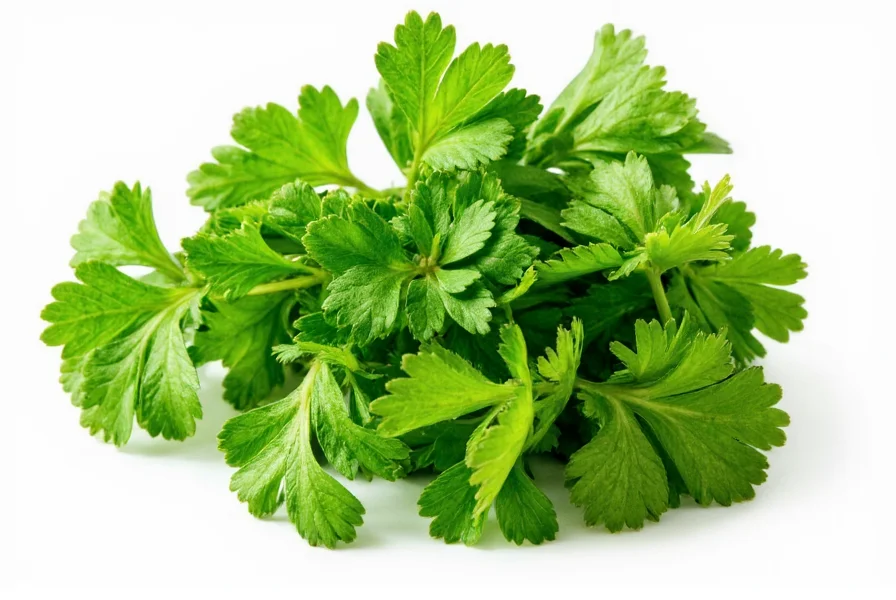
What Is California Tri Tip Seasoning?
The tri tip is a lean, flavorful cut of beef from the bottom sirloin, traditionally cooked in Central California barbecue culture. California tri tip seasoning is a specific spice blend developed to complement this cut without overpowering its natural flavor. Unlike many commercial BBQ rubs that contain significant sugar, authentic California-style seasoning focuses on savory, earthy flavors with minimal sweetness.
Why This Seasoning Matters
Proper seasoning transforms tri tip from ordinary to extraordinary. The right blend creates a flavorful crust ("bark") while enhancing the meat's natural beefiness. Without proper seasoning, tri tip can become bland or dry. With the correct blend, you'll achieve tender, juicy meat with complex flavor profiles that make it a crowd-pleaser.
Key Ingredients in California Tri Tip Seasoning
Authentic California tri tip seasoning typically contains:
- Kosher Salt: Essential for flavor enhancement and crust formation
- Coarse Black Pepper: Provides earthy heat without overwhelming sweetness
- Garlic Powder: Adds deep savory notes
- Onion Powder: Boosts umami flavor
- Smoked Paprika: Creates smoky depth and rich color
- Cayenne (optional): For those who want a bit of heat
Unlike many commercial BBQ rubs, authentic California seasoning contains little to no sugar, focusing instead on savory, earthy flavors that complement the meat rather than compete with it.
How to Use Tri Tip Seasoning Like a Pro
- Rub Generously: Apply approximately 1 tablespoon of seasoning per pound of meat, ensuring even coverage on all sides
- Let It Rest: For optimal flavor penetration, let the seasoned tri tip rest for at least 30-60 minutes at room temperature, or refrigerate uncovered for 12-24 hours
- Grill Smart: Sear over high heat first, then finish low and slow to maintain juiciness
- Slice Against the Grain: Ensures tender, melt-in-your-mouth bites
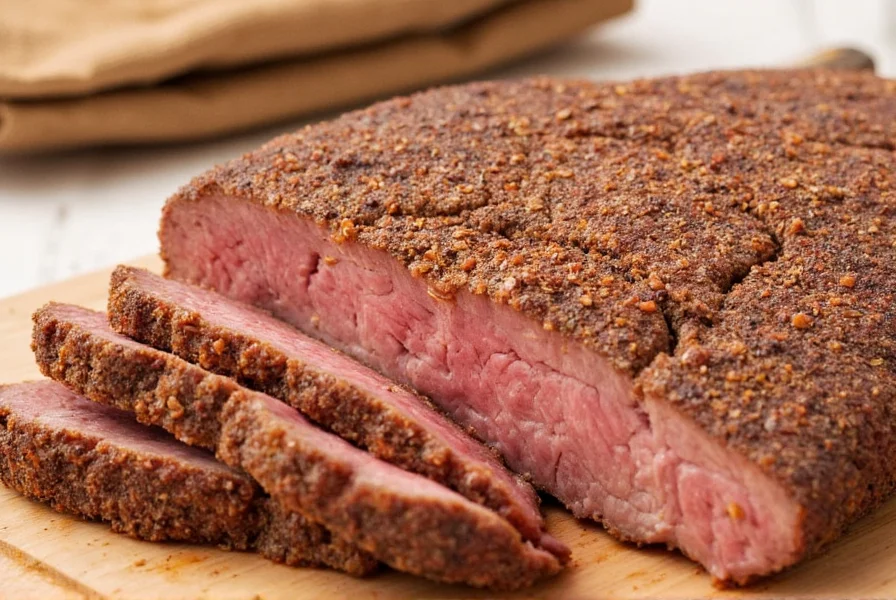
Top 5 California Tri Tip Seasonings (Reviewed)
Based on flavor profile, authenticity, and performance:
- Bellweather Smokeshow Rub - Bold, smoky flavor; excellent bark formation; best for competition-level cooks
- Big Jones California Classic - Balanced flavor; affordable and widely available; perfect for beginners
- Spice Garden Tri Tip Master - Perfect ratio of sweet and spicy; ideal for grill masters who love a little kick
- Dave's Firehouse Rub - Hot and addictive; ideal for spice lovers; may be too intense for kids
- Butcher & Chef House Blend - Restaurant-grade quality; versatile; limited availability online
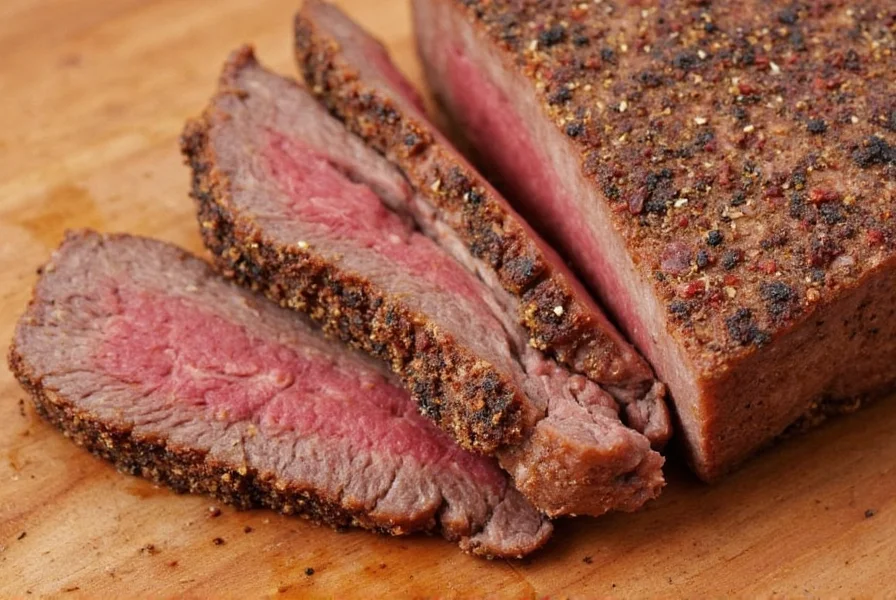
Buying Guide for California Tri Tip Seasoning
| Factor | Description | Recommendation |
|---|---|---|
| Heat Level | Some blends are mild, others fiery. Pick based on your guests' tolerance. | Mild: Big Jones | Spicy: Dave's Firehouse |
| Smoke Level | Smoked paprika adds depth. Essential for smokers and charcoal grills. | High: Bellweather | Medium: Spice Garden |
| Price Range | From budget-friendly to gourmet, choose based on usage frequency. | Value: Big Jones | Premium: Butcher & Chef |
| Usage Occasion | Cookouts vs competitions require different intensity levels. | Backyard: Any | Competition: Bellweather or Butcher & Chef |
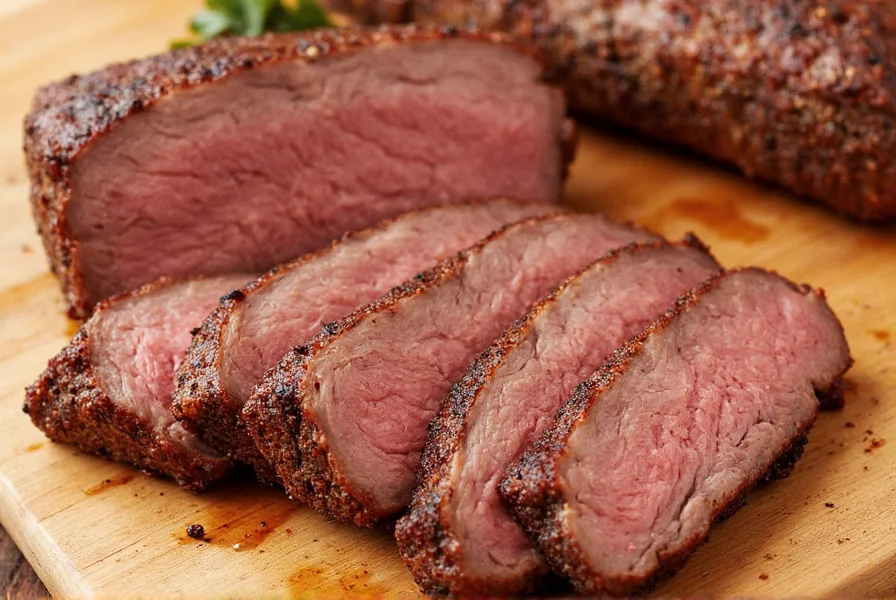
Homemade Tri Tip Seasoning Recipe
Ingredients:
- 2 tbsp Kosher salt
- 1 tbsp coarsely ground black pepper
- 1 tsp garlic powder
- 1 tsp onion powder
- 1 tsp smoked paprika
- ½ tsp cayenne (optional)
Instructions:
- In a small bowl, combine all ingredients.
- Mix thoroughly until evenly distributed.
- Store in an airtight container for up to 6 months.
- Rub generously onto tri tip before grilling or smoking.
Common Mistakes to Avoid
- Using Too Little: Tri tip needs a bold hand. Under-seasoned meat = sad faces.
- Not Letting It Rest: Rushing the seasoning process prevents flavor penetration.
- Ignoring Fat Side Up: When smoking, keep the fat side up for self-basting action.
- Overloading with Sweetness: Traditional California style leans savory, not sugary.
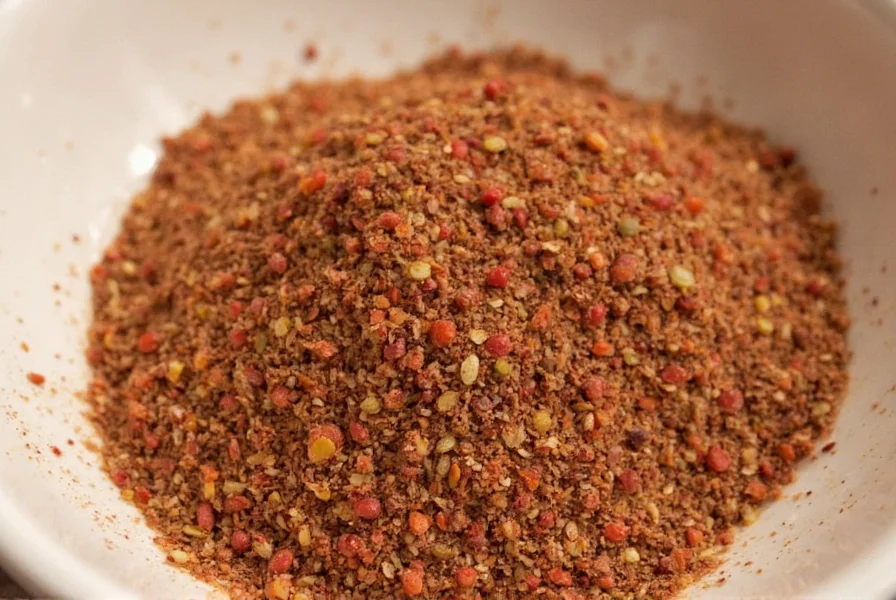
Frequently Asked Questions
What is California tri tip seasoning made of?
Traditional California tri tip seasoning consists of coarse salt, black pepper, garlic powder, onion powder, and smoked paprika as the core ingredients. Many versions also include optional cayenne pepper for heat. Unlike many commercial BBQ rubs, authentic California-style seasoning typically contains little to no sugar, focusing instead on savory, earthy flavors that complement the meat rather than compete with it.
How much seasoning should I use on a tri tip?
For best results, use approximately 1 tablespoon of seasoning per pound of meat. The tri tip should be generously coated on all sides—you want to see a visible layer of seasoning that completely covers the meat. Don't be shy; this cut of beef can handle bold seasoning. For a standard 2-3 pound tri tip, you'll typically use 2-3 tablespoons of seasoning mixture.
Should I use salt in my tri tip seasoning?
Yes, salt is essential in California tri tip seasoning. Kosher salt is preferred because its coarse texture helps create that desirable crust while properly seasoning the meat. The salt not only enhances flavor but also helps draw out moisture to create the perfect bark. For best results, use about 2 parts salt to 1 part pepper in your basic blend, then add your other seasonings.
How long should tri tip sit with seasoning before cooking?
For optimal flavor penetration and crust formation, let your seasoned tri tip rest for at least 30-60 minutes at room temperature before cooking. For even better results, apply the seasoning and refrigerate uncovered for 12-24 hours. This extended resting time allows the salt to penetrate deeper into the meat, enhancing both flavor and texture throughout the entire cut.
Can I use California tri tip seasoning on other meats?
Absolutely! While designed specifically for tri tip, this versatile seasoning works wonderfully on other cuts of beef including sirloin, flank steak, and brisket. It's also excellent on pork chops, chicken thighs, and even roasted vegetables. The savory, peppery profile complements most proteins, though you may want to adjust the amount based on the cut and cooking method.
Is California tri tip seasoning supposed to be spicy?
Authentic California tri tip seasoning has a noticeable kick from black pepper but isn't typically "spicy hot" unless you add cayenne. The traditional Central Valley style focuses more on the robust flavor of coarse black pepper rather than intense heat. If you prefer a spicier rub, feel free to increase the cayenne to 1 teaspoon or add a pinch of red pepper flakes, but purists would argue that too much heat overwhelms the beef's natural flavor.
What's the difference between tri tip seasoning and other BBQ rubs?
California tri tip seasoning is typically more savory and less sweet than many commercial BBQ rubs. While many eastern and southern BBQ rubs contain significant sugar (sometimes 30-50% of the blend), authentic California-style seasoning contains little to no sugar, emphasizing salt, pepper, garlic, and onion instead. It's designed to complement the meat rather than create a sweet caramelized crust. The texture is also usually coarser to help form that signature bark.
Final Thoughts
The magic of California tri tip seasoning lies in its simplicity and power. With just a few key ingredients and proper technique, you can transform an ordinary cut of beef into a legendary meal. Whether you choose store-bought or homemade, remember that balance is key—too much of one element can ruin the whole experience. Keep experimenting, tasting, and enjoying. And above all, share the joy—great food is always better with friends and family around the table.










 浙公网安备
33010002000092号
浙公网安备
33010002000092号 浙B2-20120091-4
浙B2-20120091-4